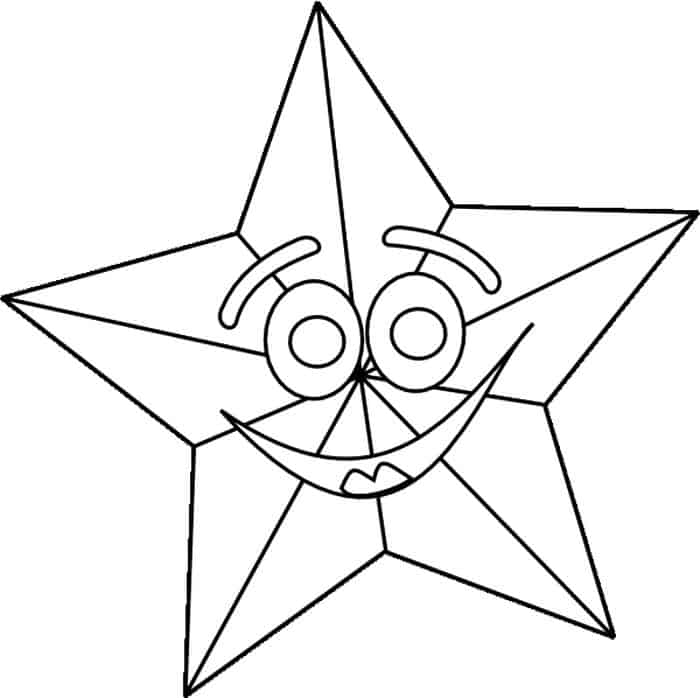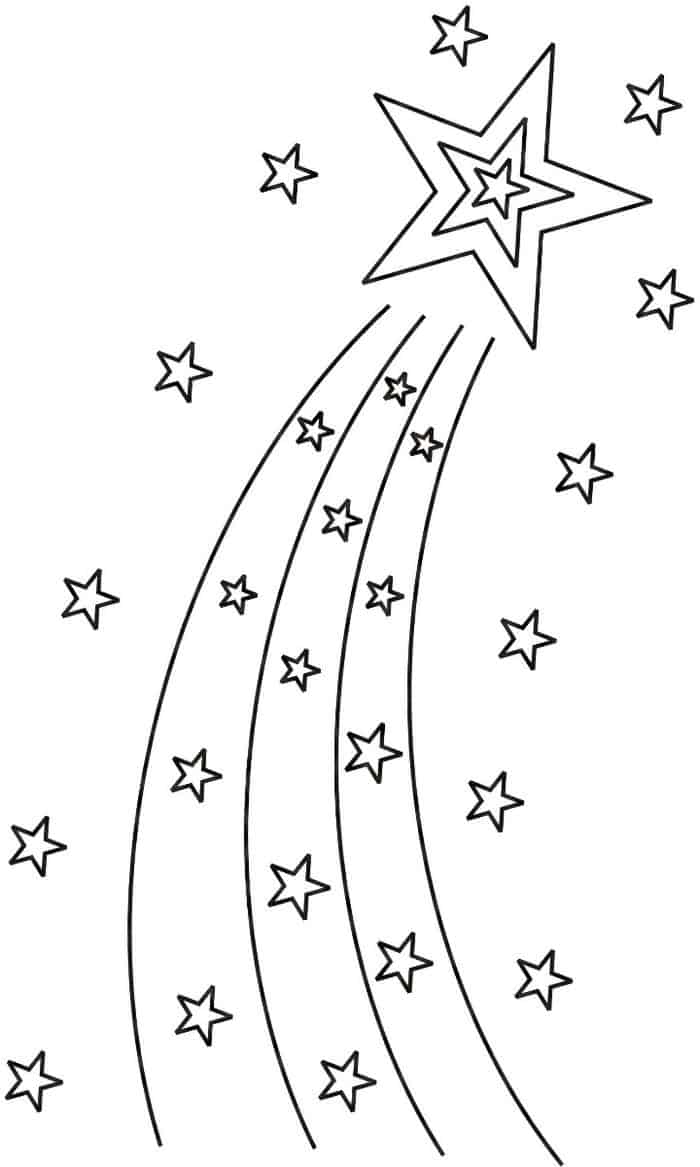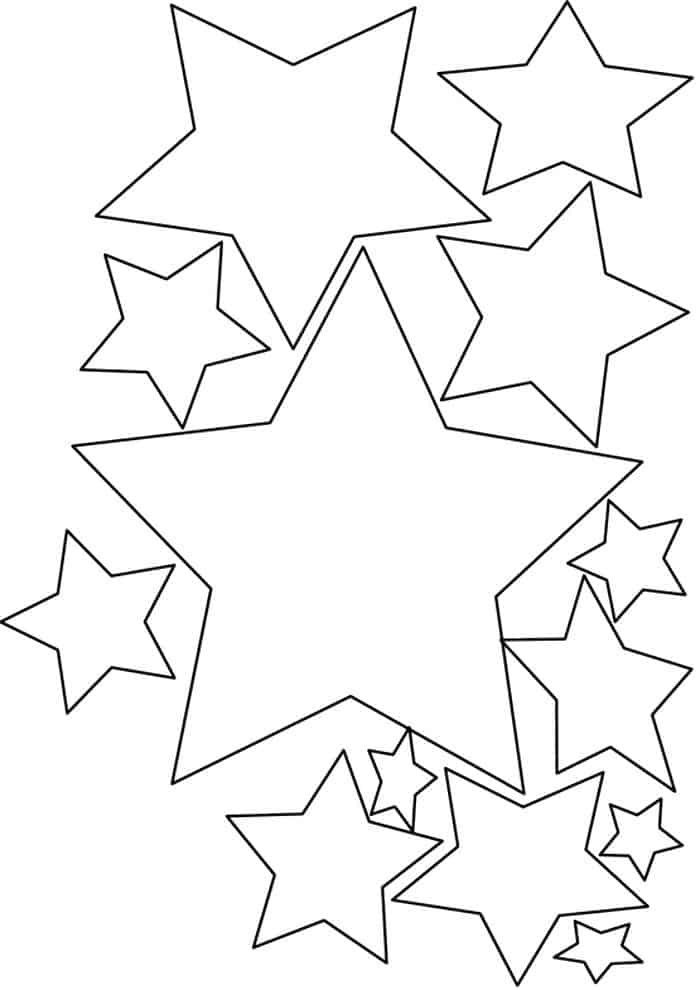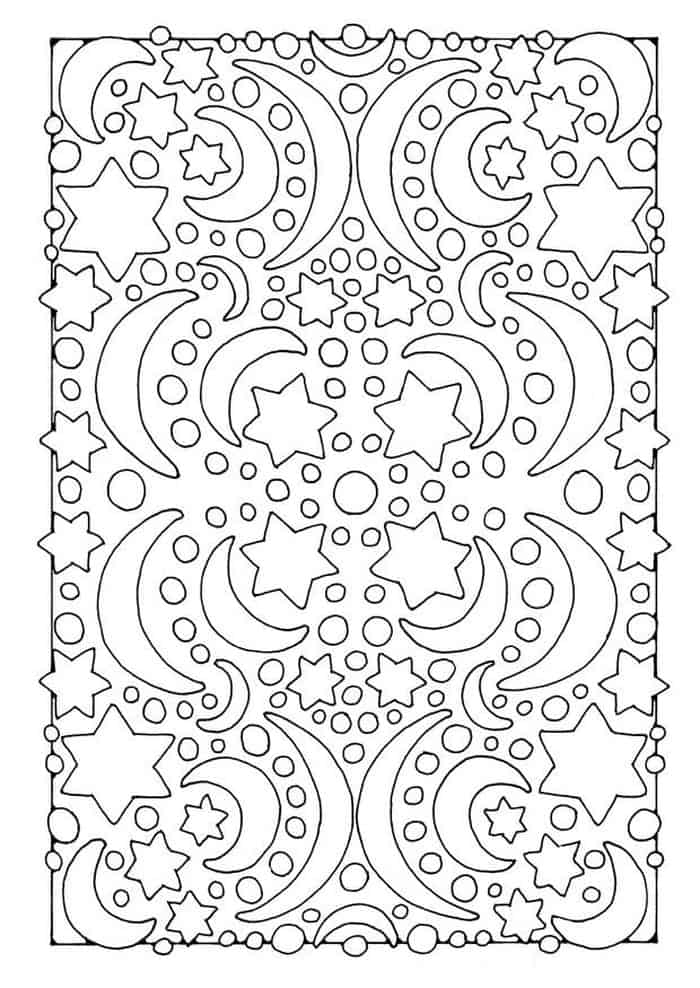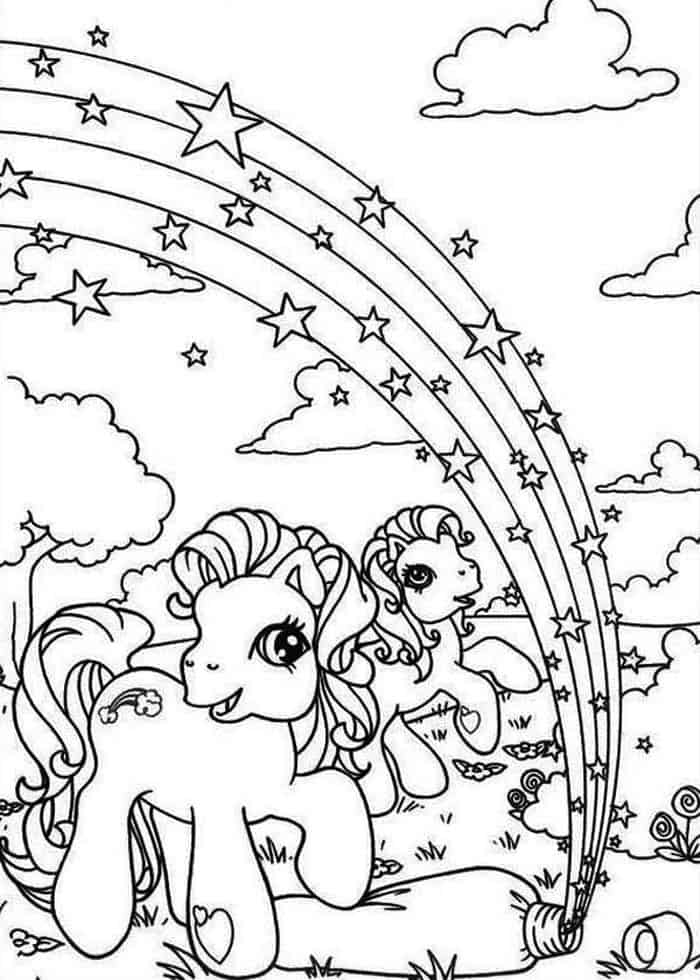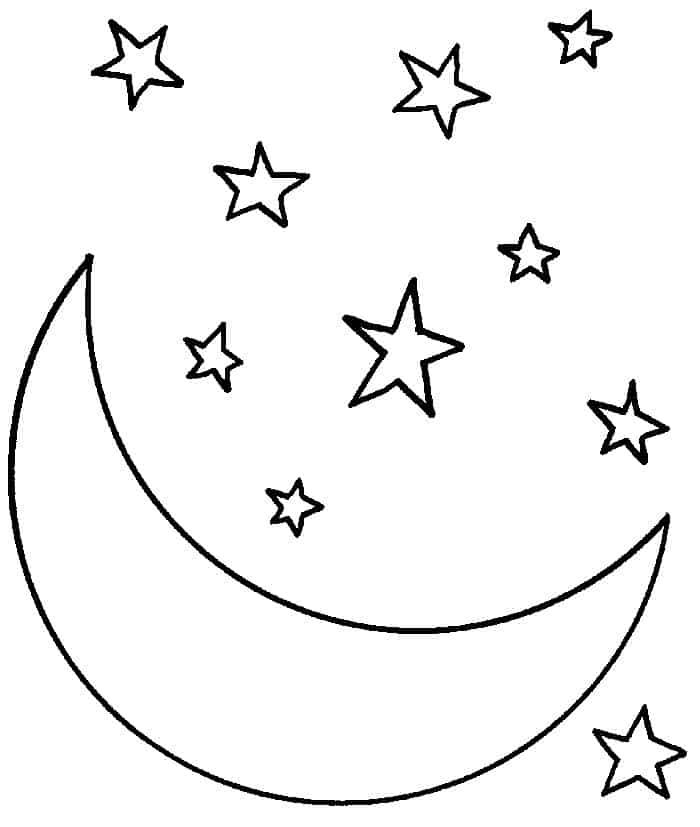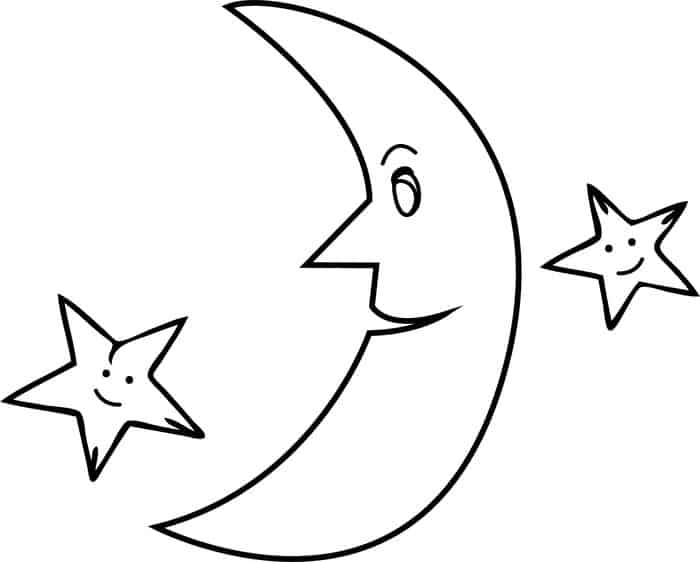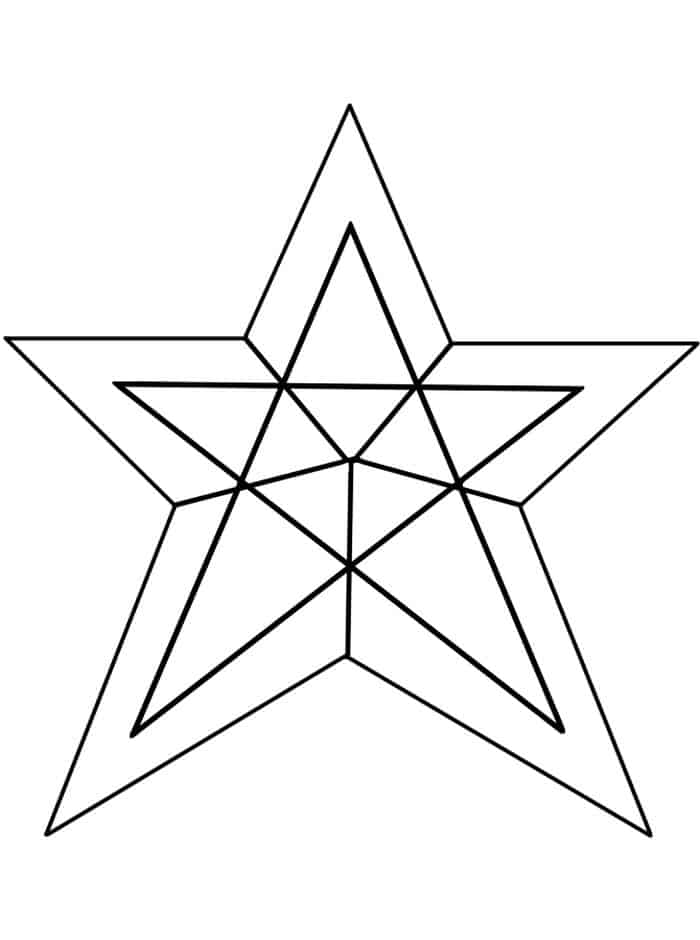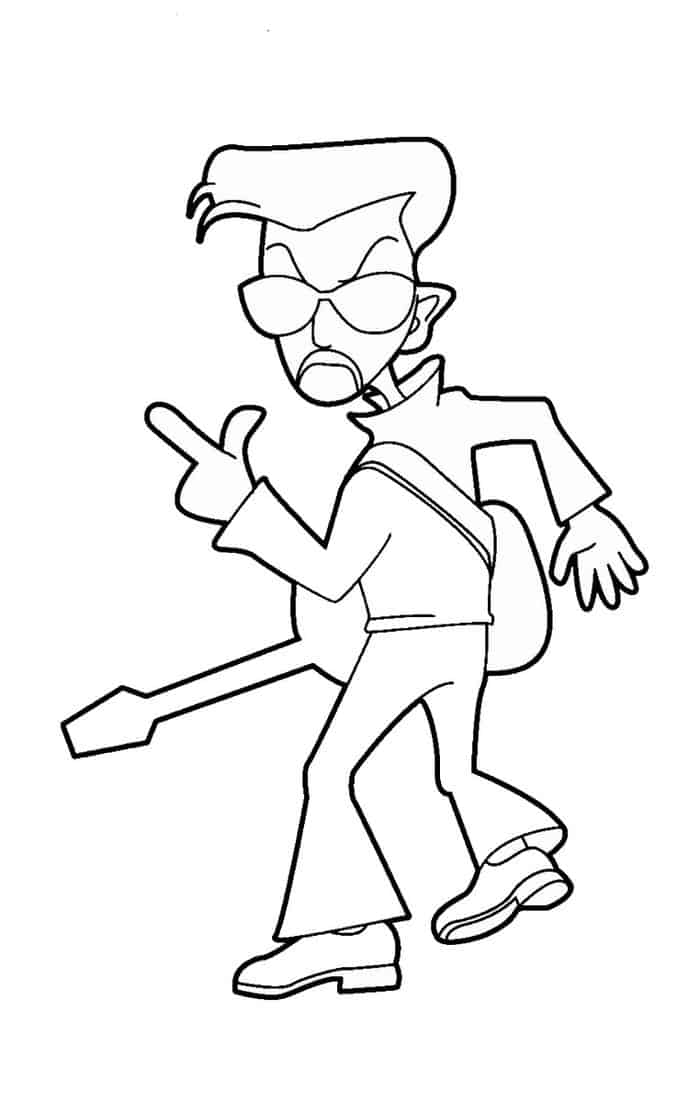Nothing enchants us humans more than the view into the nightly starry. You can print out our many different star pictures. When it is particularly dark at night, and the sky is clear, we see thousands of stars sparkle as tiny points of light above our heads. But why do the stars shine? What are stars anyway?
Stars are simply balls of gas. But inside, it is unimaginably hot, many millions of degrees Celsius. Because of the intense heat, the gas glows and shines – like a light bulb, only much brighter. The view from the stars is so strong that we can see it from Earth, even though the stars are many trillion kilometers away.
Stars Coloring Pages
But even this impression is deceptive: the Sun is about one hundred times as big as the Earth. We see and feel its power every day because it gives the Earthlight and warmth – like a big campfire, where we sit in the cold universe.
Our Sun will also end up like this one day. But because stars are so big, their fuel will last for a long time. Our Sun, for example, will shine for another five billion years or so.
A star consists mainly of helium and hydrogen atoms, which attract each other. In the middle of this sphere, gravity creates an intense pressure, which causes the particles to move closer and closer together. Through these movements, a spherical shape slowly forms.
The permanent rotation causes repeated collisions, in which atoms fuse and form new particles. This process is called nuclear fusion, a collision, and fusion of atoms, which generates enormous heat inside the gas sphere.
There are two forces at work here: firstly, the ball contracts further and further because of its weight due to the pressure of gravity, and secondly, the radiation pressure is directed outwards. Over time, a balance of forces is achieved, and the star does not shrink any further.
Stars are therefore formed from interstellar molecular clouds with large amounts of hydrogen, which can be many light-years in size.



